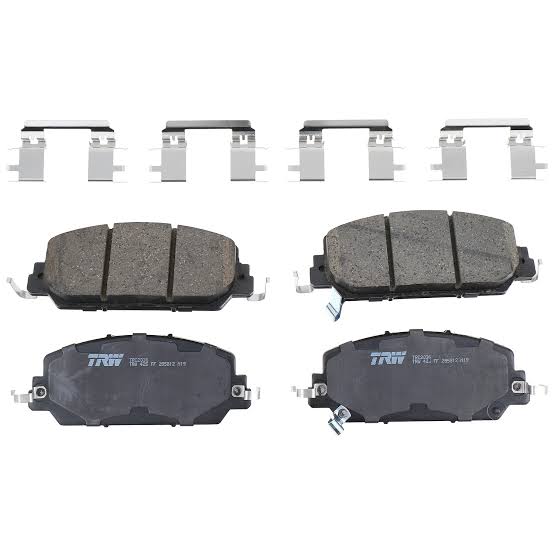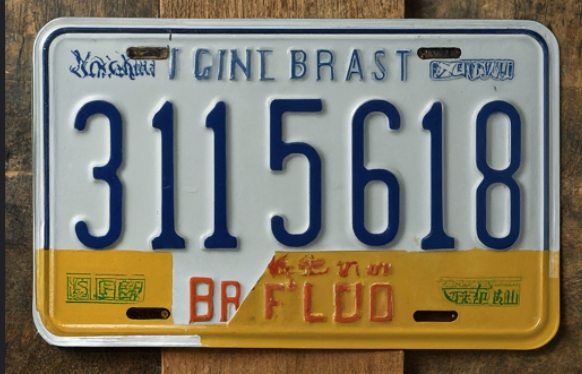The Ultimate Guide to Honda CR-V Brake Pads: Maintenance, Replacement, and Tips
Brake pads are an essential component of your Honda CR-V’s braking system, responsible for slowing down and stopping your vehicle safely. As a critical safety feature, it’s essential to understand how to maintain and replace your CR-V’s brake pads properly. In this comprehensive guide, we’ll explore everything you need to know about Honda CR-V brake pads, including their function, signs of wear, replacement intervals, and maintenance tips.
Understanding Brake Pads in the Honda CR-V
Brake pads are friction materials that press against the brake rotors to generate the friction necessary to slow down or stop the vehicle. In the Honda CR-V, brake pads are an integral part of the disc brake system, which is the most common braking system used in modern vehicles. When you press the brake pedal, hydraulic pressure forces the brake pads against the rotors, creating friction and slowing down the vehicle.
Signs of Brake Pad Wear
Monitoring the condition of your Honda CR-V’s brake pads is crucial for maintaining safe braking performance. Here are some signs that your brake pads may need replacement:
- Squealing or Grinding Noise: Squealing or grinding noises when braking can indicate that the brake pads are worn down to the point of needing replacement. The noise is caused by the wear indicators, which are designed to produce audible warnings when the pads are nearing the end of their lifespan.
- Reduced Brake Performance: If you notice that your CR-V’s braking performance has decreased, such as longer stopping distances or a spongy brake pedal, it could be due to worn brake pads.
- Visual Inspection: Inspecting the brake pads visually can also help determine their condition. If the pads appear thin, worn unevenly, or have less than 1/8 inch of friction material remaining, they should be replaced.
Brake Pad Replacement Intervals
The replacement interval for brake pads can vary depending on driving habits, environmental conditions, and the type of brake pads installed. As a general guideline, brake pads should be inspected regularly, and they typically need to be replaced every 30,000 to 70,000 miles. However, it’s essential to follow the manufacturer’s recommendations outlined in your CR-V’s owner’s manual.
Choosing the Right Brake Pads
When replacing the brake pads on your Honda CR-V, you’ll have several options to choose from, including:
- OEM Brake Pads: Original Equipment Manufacturer (OEM) brake pads are designed specifically for your CR-V and offer reliable performance and compatibility.
- Aftermarket Brake Pads: Aftermarket brake pads are produced by third-party manufacturers and may offer different performance characteristics, such as enhanced braking power or reduced dust.
It’s essential to choose brake pads that meet or exceed the specifications outlined in your CR-V’s owner’s manual to ensure proper fit and performance.
Brake Pad Maintenance Tips
Proper maintenance of your Honda CR-V’s brake pads can help prolong their lifespan and ensure optimal braking performance. Here are some maintenance tips to consider:
- Regular Inspections: Inspect the brake pads regularly for signs of wear or damage. Check both the front and rear brake pads, as wear can vary between the two sets.
- Brake Fluid Inspection: Check the brake fluid level and condition regularly. Contaminated or low brake fluid can affect braking performance.
- Avoid Hard Braking: Minimize hard braking whenever possible, as it can accelerate brake pad wear.
- Brake Rotor Inspection: Inspect the brake rotors for signs of wear or damage when replacing the brake pads. Worn or damaged rotors may need to be resurfaced or replaced.
Conclusion
Maintaining your Honda CR-V’s brake pads is essential for safe driving and reliable braking performance. By understanding the signs of brake pad wear, following recommended replacement intervals, and choosing the right brake pads for your vehicle, you can ensure that your CR-V stops safely and effectively. Regular inspections and maintenance of your CR-V’s braking system will help keep you and your passengers safe on the road for miles to come.




Post Comment